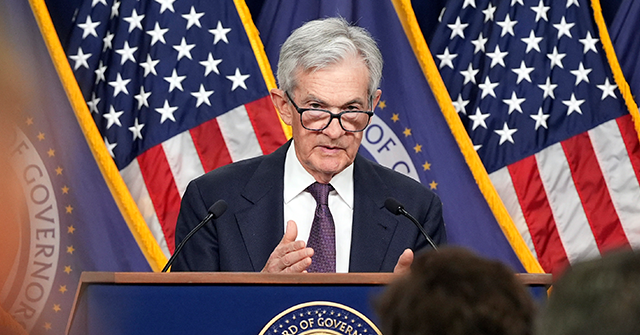In the latest meeting, the Federal Reserve (Fed) surprised many economists by announcing a quarter-point cut to its benchmark interest rate despite a backdrop that seemingly called for caution. The Federal Open Market Committee (FOMC) decided to lower the federal funds rate to a range of 4.25% to 4.50%—a move that had largely been anticipated by financial markets, which assigned a 95% probability to the rate reduction prior to the meeting. However, existing economic indicators paint a more complex picture. Consumer demand remains robust, unemployment rates continue to hover at historically low levels, and general sentiment among investors and businesses is buoyant, especially following recent political developments, including the re-election of Donald Trump. Although sectors like manufacturing have struggled—a reflection of perceived inadequacies in current industrial policy—executives in these areas still express optimism about future improvements.
The Fed’s updated economic projections reveal a more optimistic outlook for growth and inflation, which seem to contradict the rationale behind the recent rate cut. Initially, the Fed estimated a 2.0% growth in GDP through the end of this year; this figure was revised upward to 2.5%. Moreover, unemployment expectations have also shifted, with projections now at 4.2% compared to an earlier estimate of 4.4% for the year. Inflation, too, appears to be running hotter than originally anticipated, with the personal consumption expenditure (PCE) price index expected to increase by 2.4% instead of the previously forecasted 2.3%. Notably, core inflation—excluding food and energy—has also seen an upgrade in its projection, suggesting a persistent inflationary environment that may linger longer than previously thought.
One of the key messages from the Fed’s latest assessment is that its optimism regarding inflation control is waning. In September, officials projected a core PCE inflation rate of 2.6% for the coming year, up from the earlier forecast of 2.2%. This indicates a worrying trend that suggests the Fed acknowledges a stalling in efforts to rein in inflation effectively. Instead of expecting a significant decline in inflation next year, the Fed now predicts it may remain largely unchanged, which could challenge their previous narratives around interest rate adjustments. The implications of this adjustment in Fed forecasts resonate through broader economic discussions, as it reflects a lack of confidence in achieving stabilizing inflation.
Despite the anticipated economic growth for both this year and next, the Fed is tempering expectations around real growth going forward. The latest projections suggest only a slight increase in real GDP growth for 2025, revised from 2.0% to 2.1%. Consequently, while nominal growth expectations—which combine real growth and inflation—have improved, with estimates climbing from 4.1% to 4.6%, the reality is that the Fed may not be exchanging higher growth for inflationary pressures. This scenario has implications for stock market investors, as higher nominal growth could potentially support equity prices in the short- to medium-term, albeit in a context marked by a cautious outlook on inflation.
Looking beyond immediate changes, the Fed’s snapshot of future interest rate trajectories indicates a longer span of elevated rates. The committee has adjusted its year-end forecast for the policy rate in 2025 to 3.9% from 3.4%, resulting in projections of fewer cuts in the coming year. Furthermore, the Fed has revised its long-term interest rate outlook higher—from 2.9% to 3.0%—marking a significant shift in its approach to monetary policy alongside the explicit acknowledgment that achieving lower inflation will necessitate sustained higher rates over an extended period. This alteration raises important questions surrounding how flexible the Fed may be in future forecasting and rate adjustments.
Ultimately, the Fed’s revised projections suggest a shift in its understanding of the current economic landscape and the effectiveness of its monetary policy tools. The acknowledgment that it may have engaged in aggressive rate cuts prematurely reflects a substantive recalibration of goals, emphasizing the complexities of managing inflation while stimulating growth. Where the Fed had once focused on providing more immediate relief through interest rate reductions, it is now preparing for a more protracted period of higher rates. Such a stance underscores not only the intricate dynamics of economic forecasting but also the inherent difficulties faced by policymakers as they balance conflicting objectives in an increasingly unpredictable economic environment.

